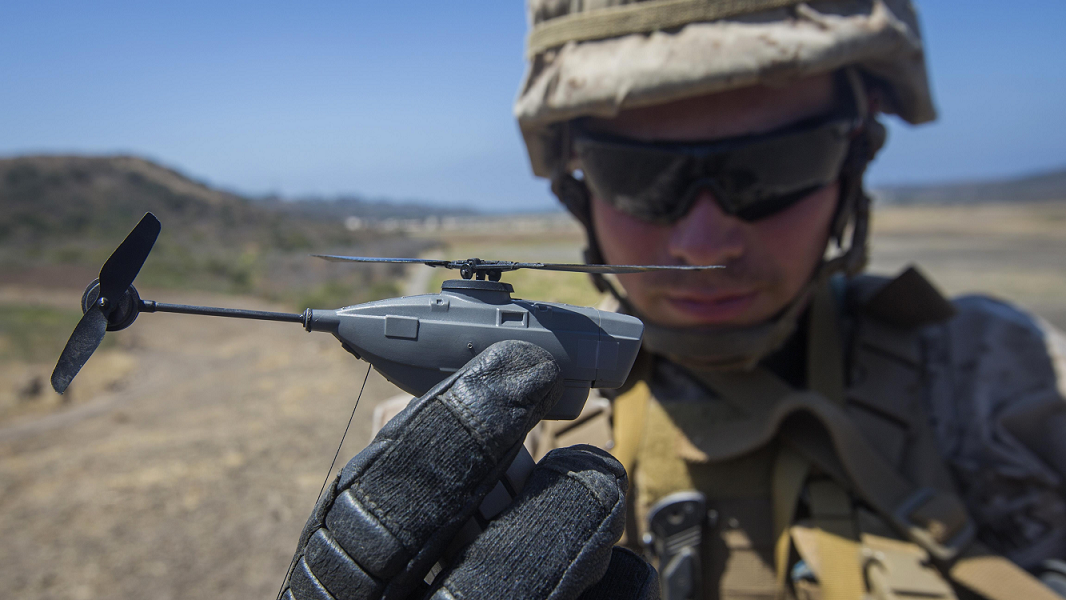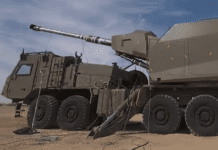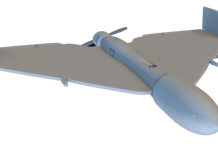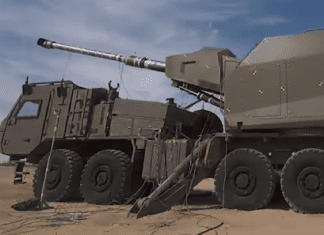This post is also available in:
 עברית (Hebrew)
עברית (Hebrew)
FLIR Systems, best known for their specialization in developing thermal imaging cameras and sensors, has been awarded a $39.6 million contract by the U.S. Army to supply ground soldiers with pocket-sized drones that allow for small-unit reconnaissance as part of the soldier borne sensor (SBS) program.
The FLIR Black Hornet Personal Reconnaissance System (PRS) is a tiny helicopter-shaped drone with an onboard camera that gives soldiers in the field an extra set of eyes on their operations. The tiny drone is intended to support platoon and small-sized squads with reconnaissance and surveillance of the vicinity, as mentioned by military.com, soldiers can use the Black Hornet to look around corners and behind other obstructions in their line of sight.
The Black Hornet is impressively small, weighing in at less than 33 grams and being less than 17 centimeters long. The tiny size allows the drone to stay relatively quiet, while at the same time being very hard to spot by sight, this allows the Black Hornet to stay covert in operations where discretion is key for the ground forces. Furthermore, the tiny size allows the drone access to operate almost anywhere without prior airspace coordination, anything larger than the Black Hornet would probably need permission to fly in most airspaces so that no drastic mid-air collisions would occur. Airspace coordination at many times is a time killing process that takes valuable time from soldiers who could be doing more critical tasks at the moment.
While the drone itself is impressively small, the ground station controlling the drone is relatively just as small. With a total weight of just 1.3 kilograms, the entire Black Hornet system could be carried on a soldier’s belt or vest, making the Black Hornet ideal for the dismounted soldier. With minimal training needed to operate, any non-specialized soldier can quickly pick up and learn how to operate the Black Hornet, making its use in combat very versatile.
FLIR mentions that the Black Hornet can stay airborne for 25 minutes with a range of about 2 kilometers. Easy to deploy, the Black Hornet is perfect for ground troops to quickly scope the area, mark targets, civilians, important points of interest, and increase situational awareness.
With a ground speed of 6 meters per second (about 13 miles per hour) and resistance to winds of up to 20 knots, the Black Hornet can quickly scan the area under most weather conditions.
The Black Hornet and other similar technologies make the battlefield safer for both ground forces and civilians. Small drones allow access for more soldiers to an eye in the sky which in return allows for less casualties and collateral damage.


























